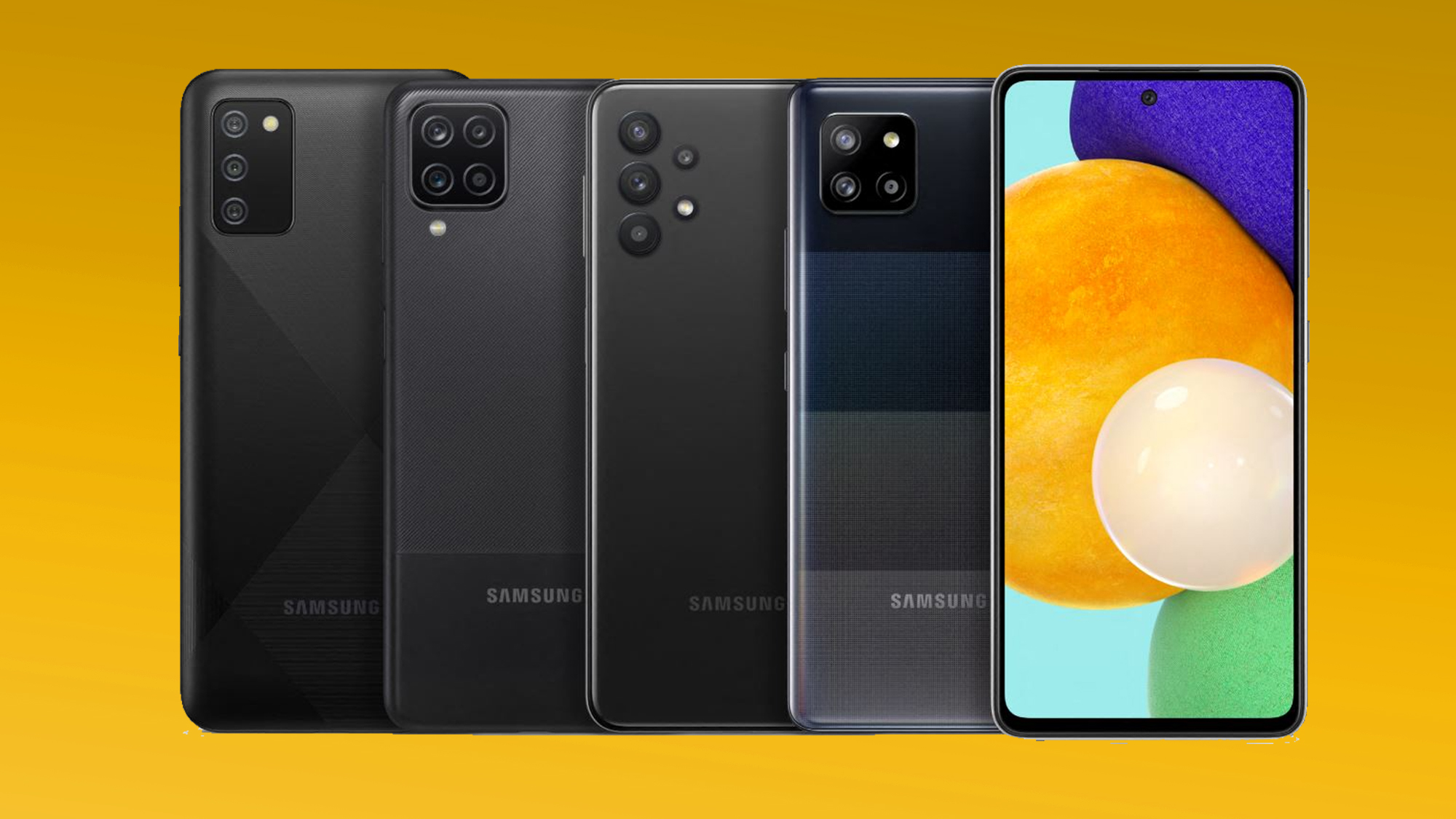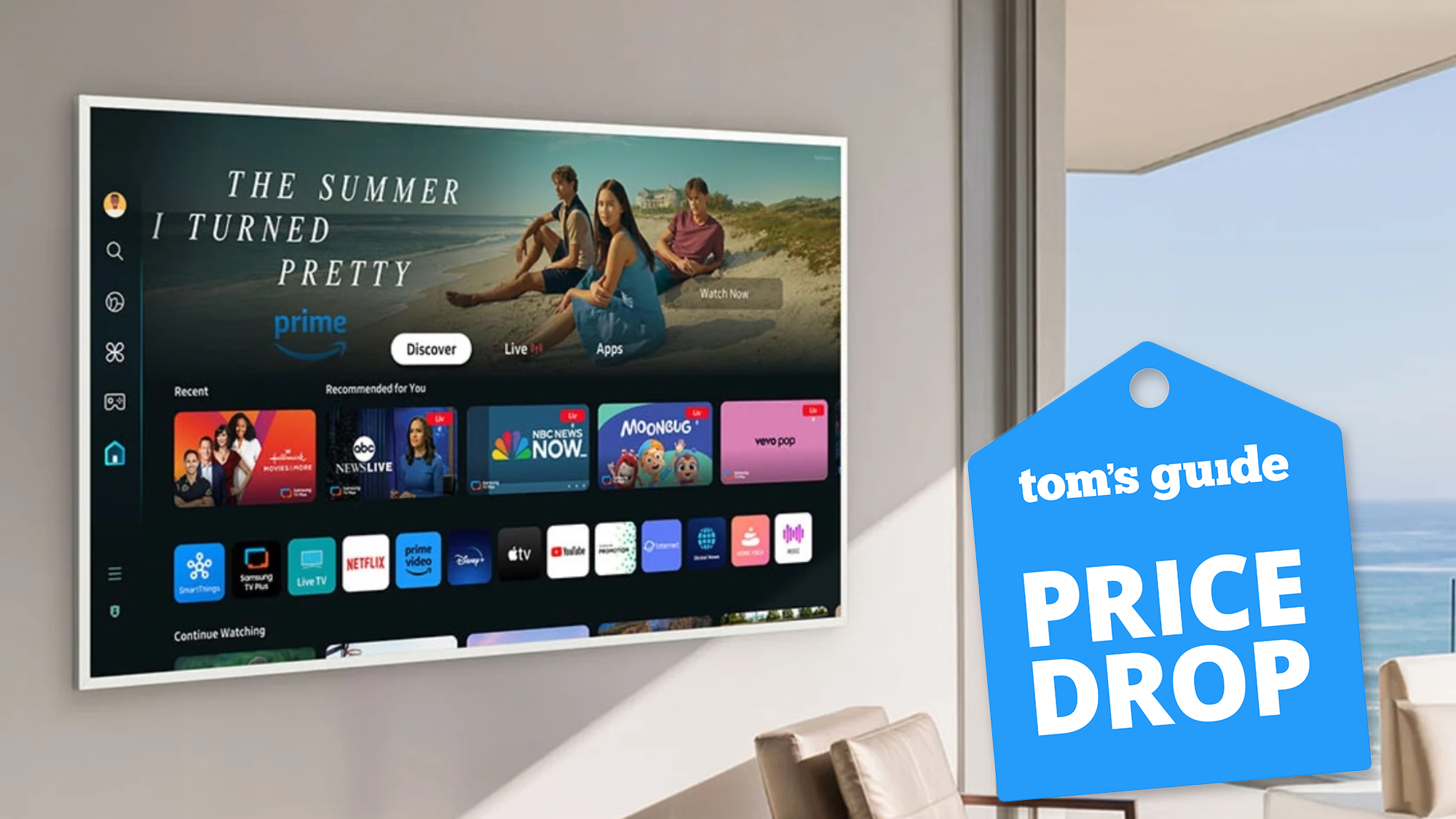Samsung’s phone lineup is now officially a mess — here’s why
With eight new Galaxy phones unveiled, it's getting very confusing

If I were to ask you how many phones Samsung has released this year, what would your answer be? There's been the Galaxy S21 flagship launch, of course — you likely remember those. And if you really know the ins and outs of new phone rollouts, maybe you know the precise amount of midrange Galaxy A phones that have appeared under Samsung's aegis since that start of 2021.
In the U.S. at least, we saw the Galaxy S21, Galaxy S21 Plus and Galaxy S21 Ultra in January. More recently, five midrange Galaxy A phones led by the Galaxy A52 5G have joined the mix. That's eight phones through mid-April, and that doesn't even count the Galaxy A72 announced at the end of March but not slated to ship in the U.S.
We're also still waiting for updates to the Galaxy Z Fold and Z Flip product lines and maybe even a new Galaxy FE model for either the S or Note product lines — or maybe both!
- Best Samsung phones
- Big phone face-off: Galaxy S21 Ultra vs. iPhone 12 Pro Max
- Plus: Android 12 could get this long-time Windows and MacOS feature
Friends, that's a lot of phones carrying the Samsung name. And at the risk of sounding like an Abe Simpson-style crackpot, there are too many Samsung phones these days, and maybe the phone maker ought to think about getting rid of a couple.
Samsung, of course, is crying all the way to the bank about this "too many phones" conundrum. Samsung has the largest share of the global smartphone market, at 19% for 2020, according to Counterpoint Research. One of the reasons Samsung can hold off the likes of Apple and various Chinese phone makers is that the Korean electronics giant releases a lot of phones in a lot of places.
Samsung's strategy these days is to release a phone for every price point to appeal to as many users as possible. We're not yet at the point where you can go out and buy a Samsung Galaxy Steve or a Samsung Galaxy Flip for Your Cousin You Didn't Even Know Liked Foldable phones, but it does feel that way sometimes.
We're not yet at the point where you can go out and buy a Samsung Galaxy Flip for Your Cousin You Didn't Even Know Liked Foldable phones, but it does feel that way.
There are a couple of dangers to having that many phones on offer, though, and we're starting to see them materialize with Samsung's lineup. For starters, it's getting more difficult to tell similarly named phones apart.
Sign up to get the BEST of Tom's Guide direct to your inbox.
Get instant access to breaking news, the hottest reviews, great deals and helpful tips.
Take our Galaxy S21 vs. Galaxy S21 Plus vs. Galaxy S21 Ultra comparison. If you look at the S21 and S21 Plus, very little separates the two phones, other than the sizes of the screen and battery as well as the materials used for the back of the respective devices. (The S21 uses plastic, while the S21 Plus has a glass back.) The processor, RAM, storage options and camera setup are exactly the same between the Galaxy S21 and Galaxy S21 Plus. So why pay $200 more for the Plus unless that extra half-inch of screen space really makes a difference to you?
Similarly, you can spend hours of monastic study looking at the three of the new Galaxy A phones available in the U.S. — the Galaxy A32 5G, Galaxy A42 5G and Galaxy A52 5G — and you'd find only minor variations here and there. There's certainly nothing that dramatically separates any of these three phones.
There are practical consequences to having all these phones on hand, too. The Galaxy A72 announced earlier this year won't be coming to the U.S. because its price would be too close to the Galaxy S20 FE Samsung introduced to much acclaim last year. And of course, we don't even know how long the Galaxy S20 FE will be around for — Samsung reportedly has a Galaxy S21 FE in the works. (There's also been talk of a Galaxy Note 20 FE, but with S21 FE leaks picking up, that seems like the safer bet.)
That brings us to another potential problem with Samsung's all-phones-for-all-people approach to product development. You never know when a new Galaxy model is about to drop these days. Say what you will about Apple and its iPhones, but you know when new models are coming. The same thing applies to Google and its phones — a flagship shows up in the fall, along with a budget model earlier in the spring. That gives shoppers confidence as to when they can buy a phone without having to worry about it being instantly topped by new and improved hardware.
Samsung's release schedule seems to be in flux these days. The company moved up the Galaxy S21 launch, releasing those phones in January instead of the customary February/March window for Galaxy S updates. Rumor has it that Samsung's big second-half phone rollout will move up from August to July, as the company shows off the Galaxy Z Fold 3. A Galaxy Note 21 doesn't appear to be in the mix for this year.
Samsung would likely counter that it's not exactly hurting thanks to all these phones flooding the market and creating the potential for confusion among casual smartphone shoppers. And it's hard to argue with a company that routinely goes toe-to-toe with Apple for the top spot in the global smartphone market. Still, at some point all these Galaxy S and Galaxy A and Galaxy Z models feel like they're going to catch up with the company — especially when it's getting harder to tell the difference between Samsung's various phones without a scorecard.
Philip Michaels is a Managing Editor at Tom's Guide. He's been covering personal technology since 1999 and was in the building when Steve Jobs showed off the iPhone for the first time. He's been evaluating smartphones since that first iPhone debuted in 2007, and he's been following phone carriers and smartphone plans since 2015. He has strong opinions about Apple, the Oakland Athletics, old movies and proper butchery techniques. Follow him at @PhilipMichaels.

